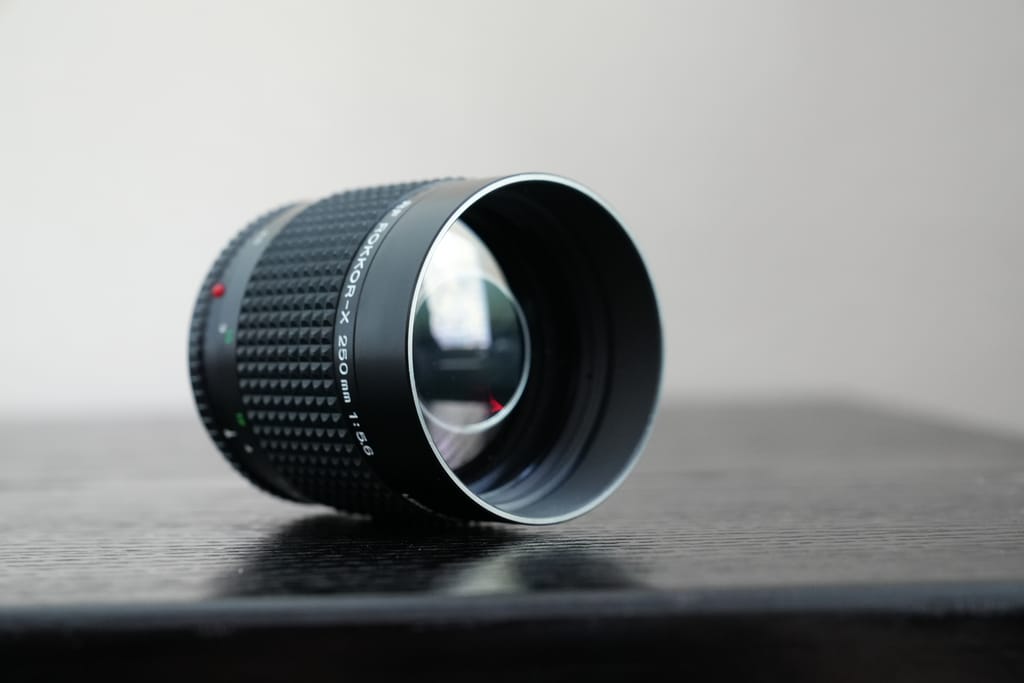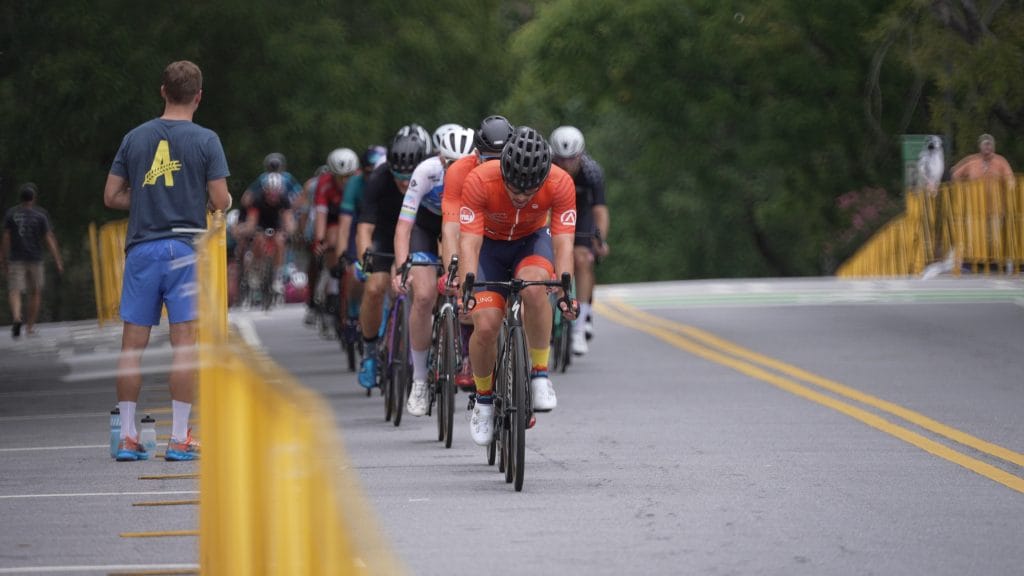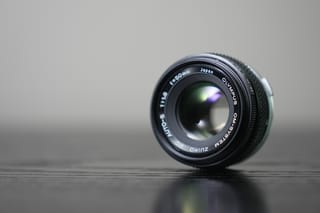
Throughout this legacy lens series, I’ve made it no secret that I’ve got a soft spot for vintage Minolta cameras and lenses. Their superb build quality, compact ergonomic designs and sharp, pleasing optics have always impressed me
That being said, I’ve never shot with a Minolta lens that I enjoyed more than this one. Yes, it’s weird. People will likely either love it for its compact power or hate it for its distinct and strange donut-shaped bokeh. However, there’s no denying that this is a telephoto you’ll remember.

This 250mm lens uses a design commonly known as a reflex lens. Also often known as a mirror lens, catadioptric or refractive lens, it uses a mirror system to effectively multiply the distance that light has to travel from the front to the rear. By refracting the image and doubling back, you’re able to achieve a longer focal length lens in a much smaller body than typical lenses. Additionally, by using fewer glass elements, this design all but eliminates chromatic aberration, making your telephoto shots ultra crisp.
Essentially, it’s a telescope design with a 35mm lens mount.
However, this does come at a price. The dark circle seen from the front of the lens is a defining characteristic of reflex lenses. While you won’t see this in your images, it will feature prominently in your bokeh as seen below. Instead of soft bokeh balls, you instead get unique rings that blend together to make intricate patterns of out-of-focus areas. If ever a photograph has looked like an impressionist painting, it’s here.

You’ll find this lens in our inventory labeled as an ‘SR‘ mount, although it fits perfectly on Minolta MD or MC mounts as well. The MD and MC mounts are essentially upgrades to the rather basic SR mount, with the addition of aperture coupling and automatic mode controls.
You’ll find that this 250mm RF lens doesn’t need those aperture controls, however, as it’s fixed at f/5.6. The majority of reflex lenses don’t have adjustable apertures, so any exposure adjustments will have to be made elsewhere. For a thinner depth of field, bring your subject closer to camera, and for a deeper one, position yourself further away.
With such a compact build, the instinct to shoot this lens handheld will be strong, but keep in mind that the longer your focal length, the more hand vibration it’s likely to show in your images. Don’t discount the importance of a good tripod.

Ultimately, this isn’t a lens for everyone. Documentarians and image purists may scoff at the busy and, admittedly, sometimes distracting bokeh. They may see the single available aperture value as a downfall, and the premium price as unjustified.
To others like myself, this lens is a wonder of engineering, giving your images ultra-clean, accurate subject areas and sharp corners. The brushstroke-like bokeh and unbelievably compact size simply add to the awesomeness.
See what I mean in the video below.




